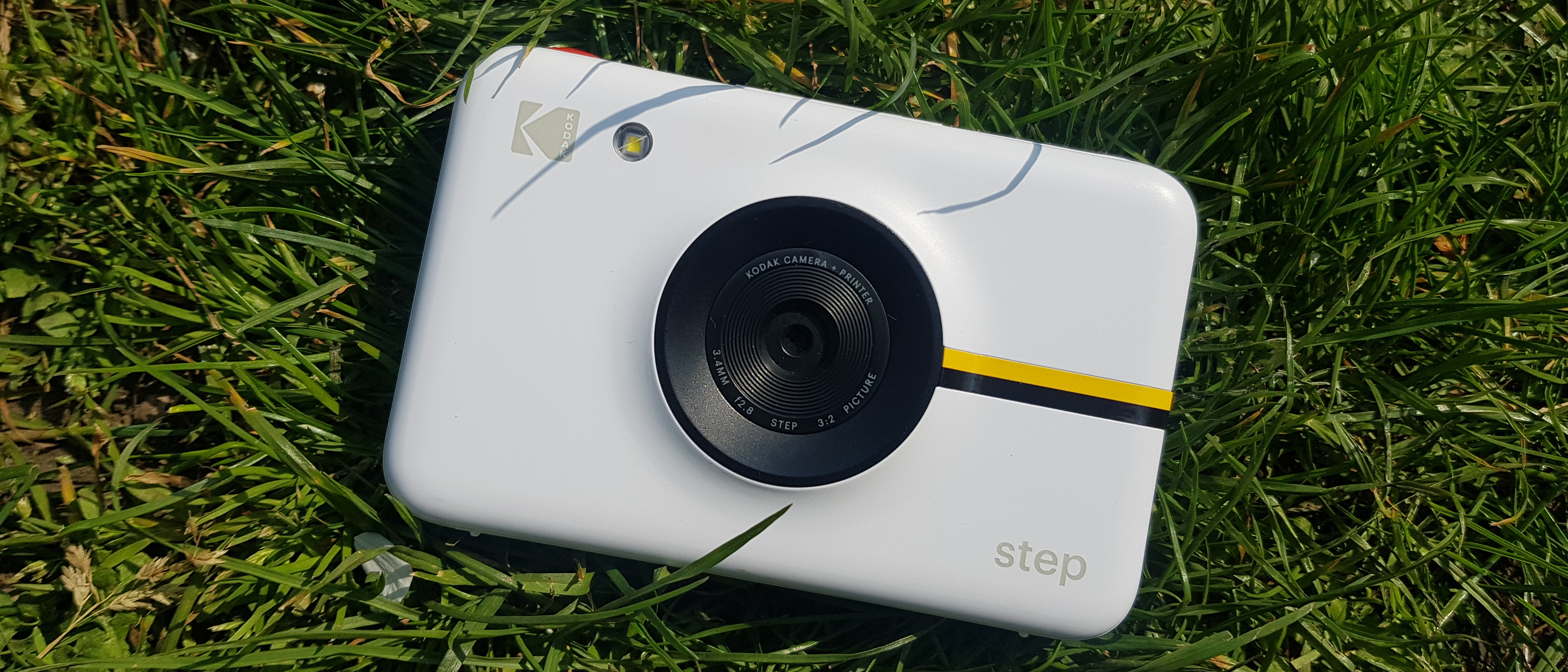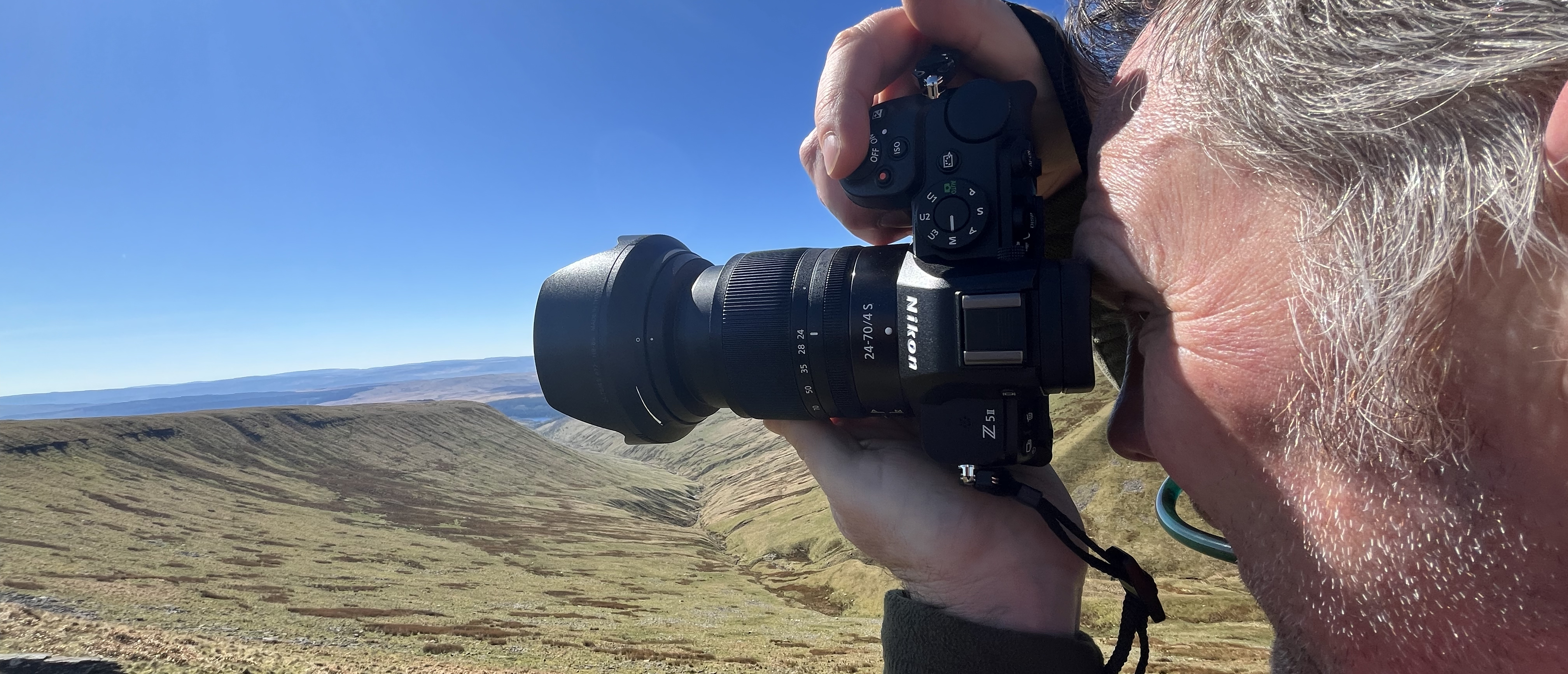Digital Camera World Verdict
It’s not going to win any awards for image quality, but the Kodak Step is a heck of a lot of fun to use, and simple enough that it’s suitable for families. With ZINK paper cheap to buy in bulk, you can shoot to your heart’s content, and probably find yourself filling a scrapbook in no time.
Pros
- +
Cheap to buy, cheap to run
- +
Ridiculously easy to use
Cons
- -
Unexceptional image quality
- -
Build feels a bit flimsy
Why you can trust Digital Camera World
Meet the Kodak Step – it's a point-and-shoot camera with a printer!. It’s designed to provide all the fun of an instant camera like Polaroid or Instax, with much less expense and greater ease of use. Rather than film, it uses Kodak’s ZINK (zero-ink) paper to instantly print out images upon capture.
It’s clearly pitched at undercutting the aforementioned instant film options by providing a roughly equivalent experience at a lower price. With an emphasis on knockabout, old-school fun rather than superior image quality or shooting versatility, the Kodak Step is on paper a tempting proposition. Is it a worthy Instax rival, or has it cut too many corners? Let’s take a closer look.
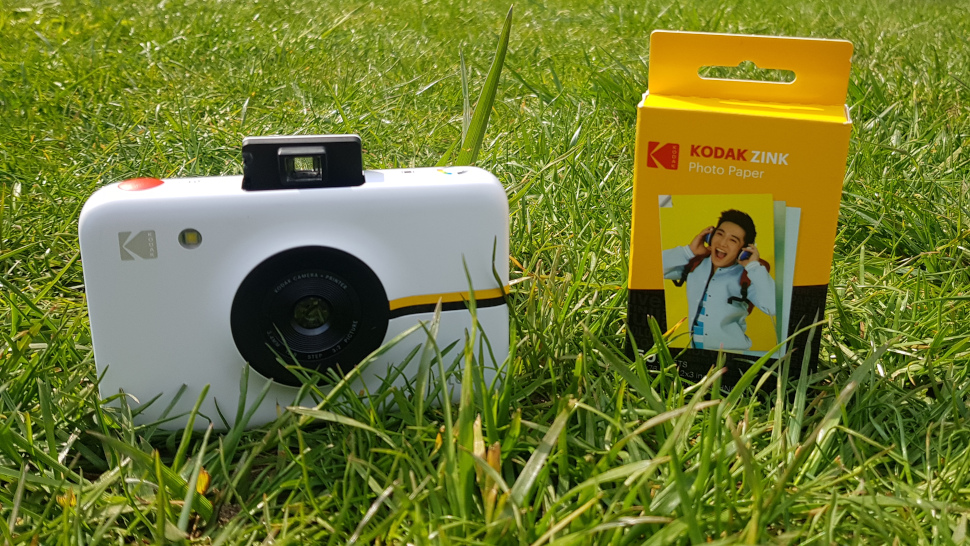
Specifications
Sensor: 10MP
Prints/size: 2x3in ZINK prints
Viewfinder: Pop-up
Tripod mount: yes
Modes: Color, monochrome and sepia
Storage: MicroSD card slot
Connection: Mini USB
Key features
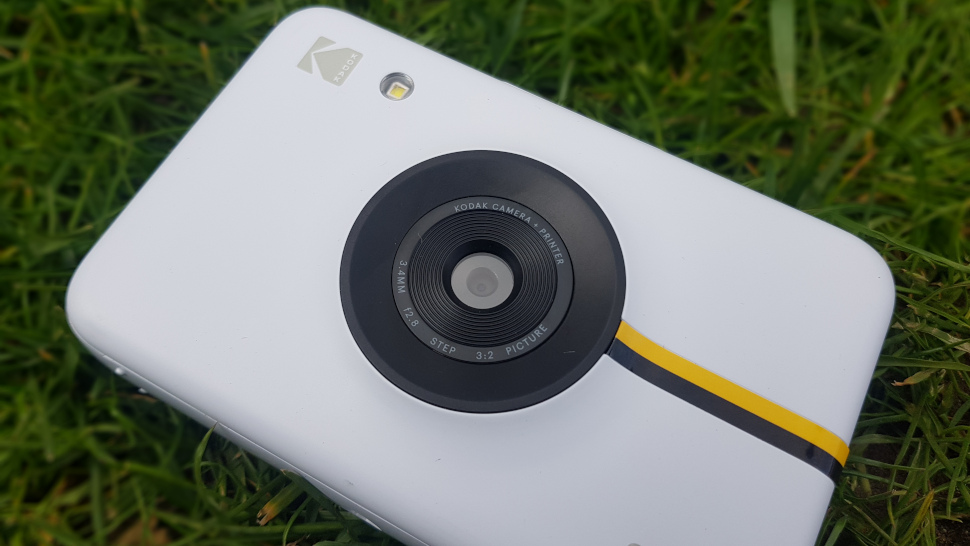
Shooting with the Kodak Step is honestly just good fun. You tap the shutter-release button, there are a few seconds of unnerving silence, then the camera’s innards start to whirr. Less than thirty seconds later, you’re holding a credit card-sized finished print of your image, and the camera has also saved a digital copy to the SD card. There’s a mini-USB slot that makes it easy to get the files off when you’re done.
The camera has a 10MP sensor and a wide-angle lens with an f/2.8 aperture. Loading the paper is as easy as opening up the back and slotting the pack into place. The ZINK technology means you don’t need to worry about refilling cartridges, and it requires less care than film. The glossy prints are smudge-proof.
It’s pretty much point and shoot, though there is a self timer mode, and an interesting “Photobooth mode”, which takes four shots in succession and prints them all on the same sheet. The camera still saves the digital files full-size in this mode, in case you took a banger in there and would like to see it larger than 3cm.
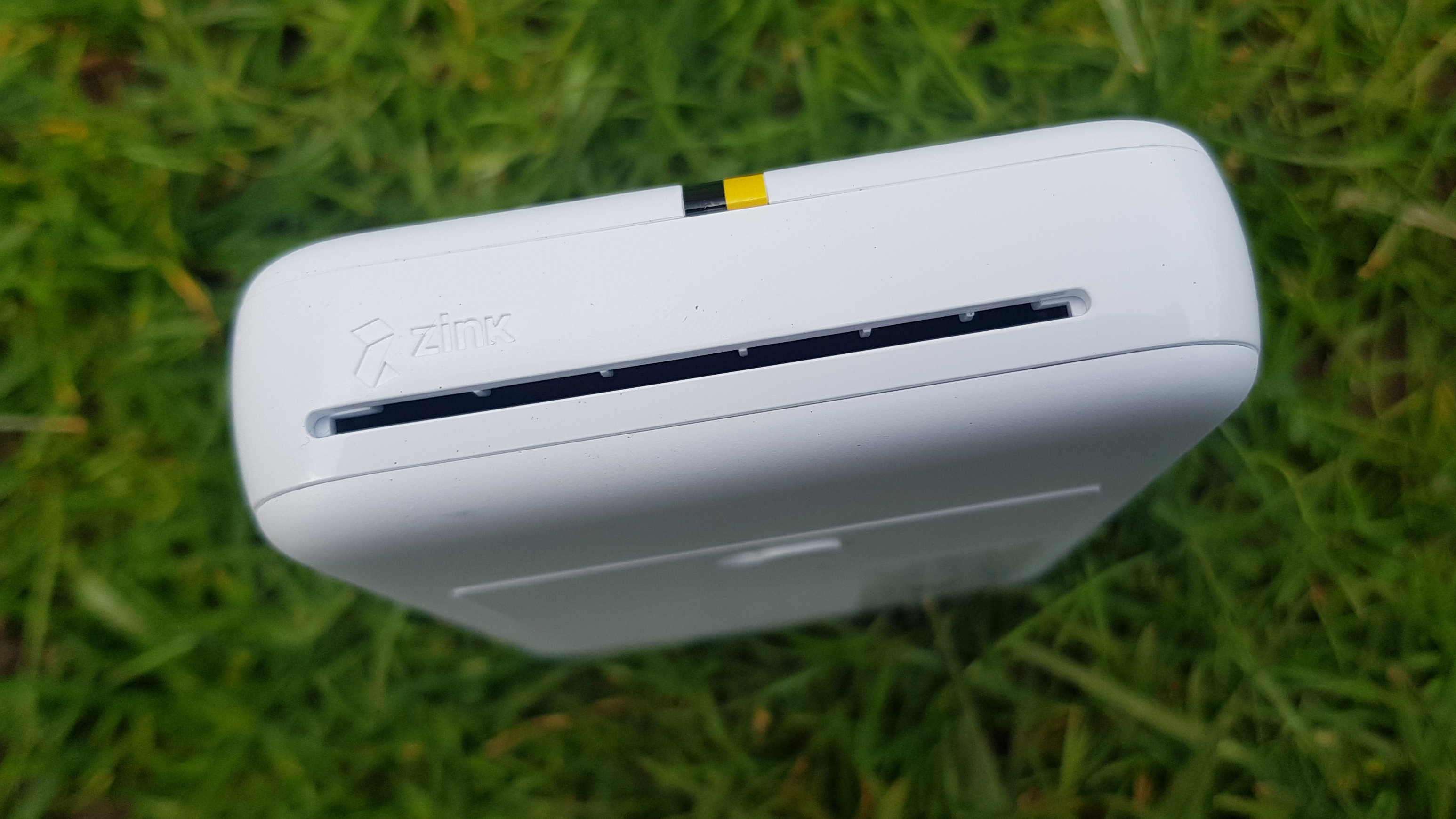
Build and handling
The Kodak Step is a little white rectangle, with the advantages and drawbacks that such a build implies. It’s easy to slip into a small bag or large pocket, but it’s not particularly secure or comfortable to hold. It feels a little plasticky, like something you wouldn’t want to drop. Though at this price, you’d hardly expect much different.
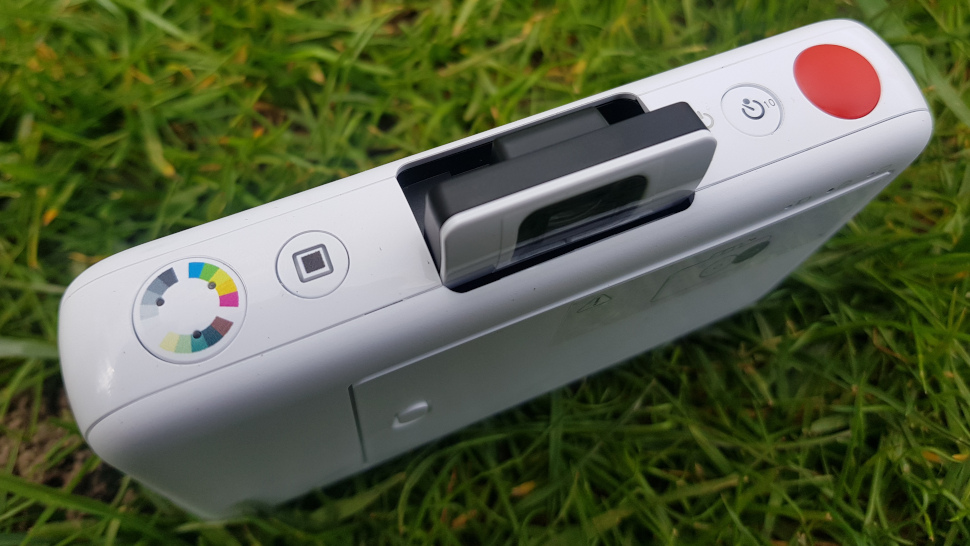
The shutter button is big, red and unmissable. Next to it is the self-timer button, which also flips up the viewfinder and powers on the camera. On the other side there’s the frame button, which gives your prints an Instax-style white border, and the colour-mode button, which toggles between full-colour, monochrome and sepia. To power down, you simply flip the viewfinder closed.
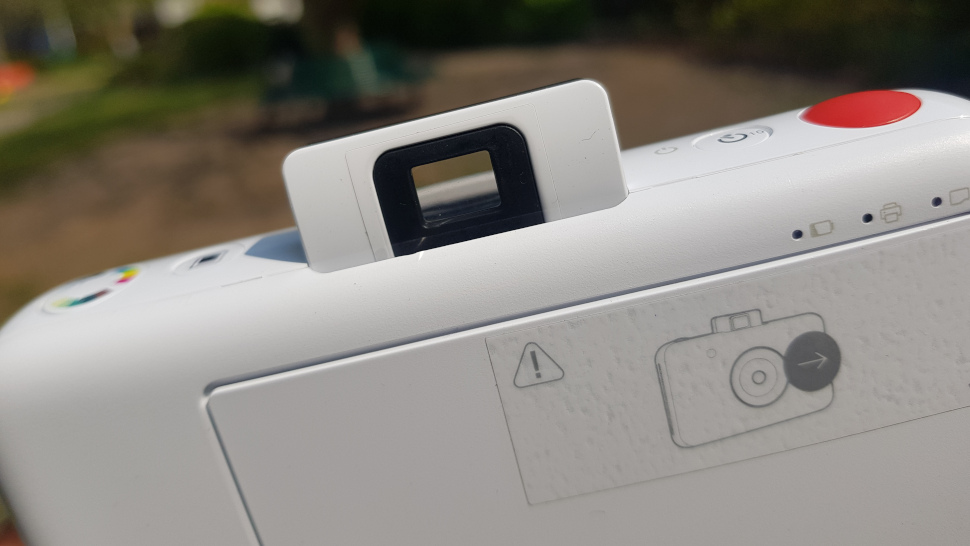
Let’s talk about the viewfinder. It basically does the job, albeit with that old disposable point-and-shoot problem of being considerably offset from the lens. Looking through it allows you to ascertain that you’re facing the right way, that you’ve got the camera the right way round, and that you’re still securely anchored by the Earth’s gravitational pull. What it does not do is provide a particularly accurate preview of what will be in your frame and what won’t. Remember that, and you’ll be happier.
Performance
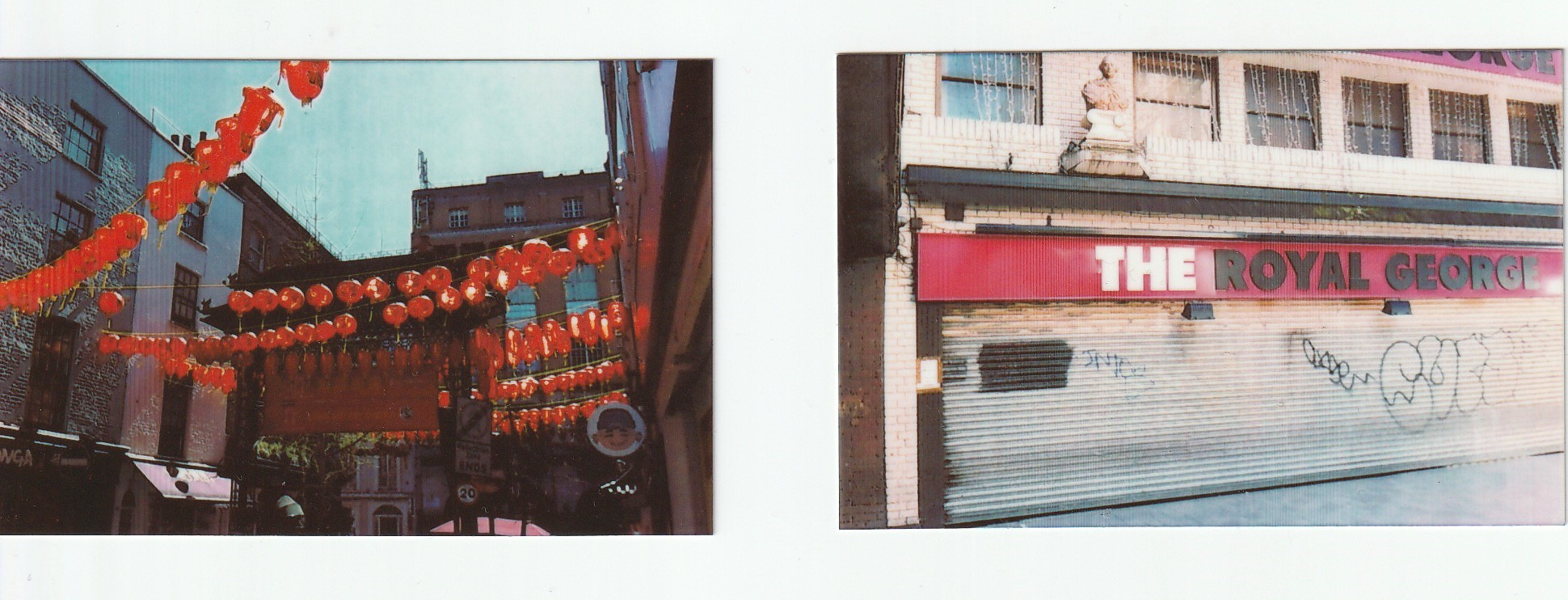
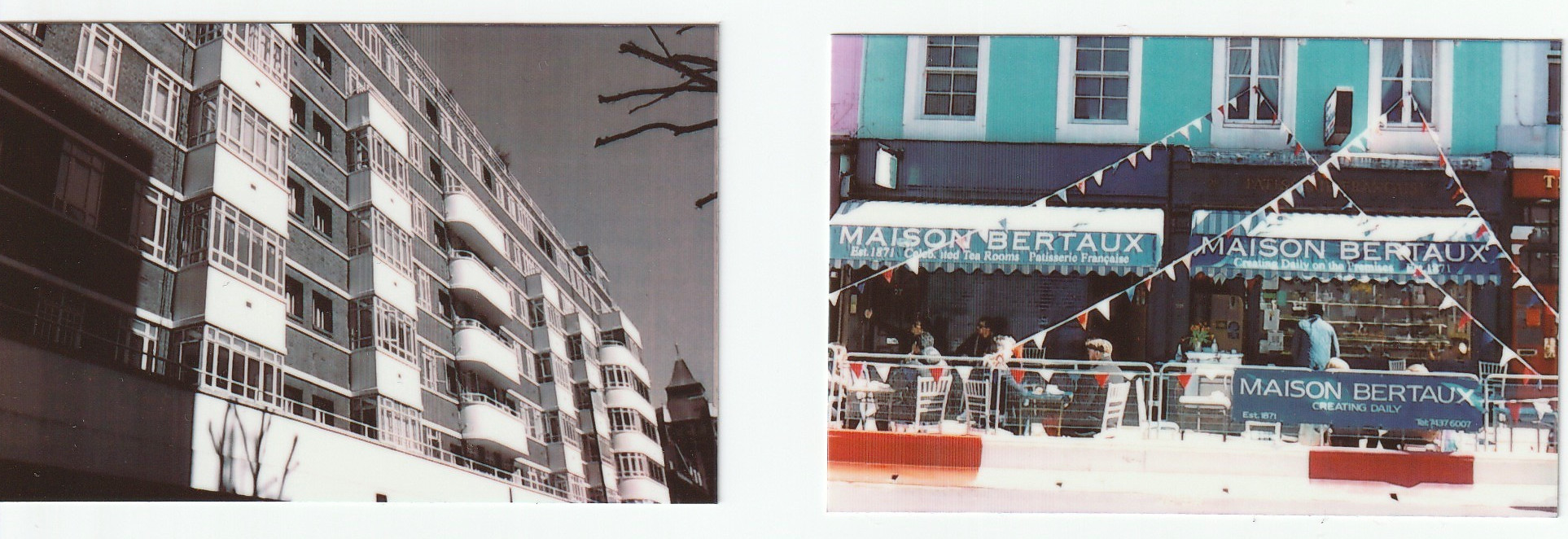
In both the digital and physical realms, image quality from the Kodak Step is perfectly adequate. Busy scenes look better on ZINK than images with lots of empty space, where the printing lines become much more obvious. The small sensor struggles a bit with high-contrast situations, and too much light can easily blow out a scene entirely. The paper also sits pretty loose in the tray, which can lead to it printing at slightly off angles. You'll probably only notice this if you shoot in Photobooth mode, as below.
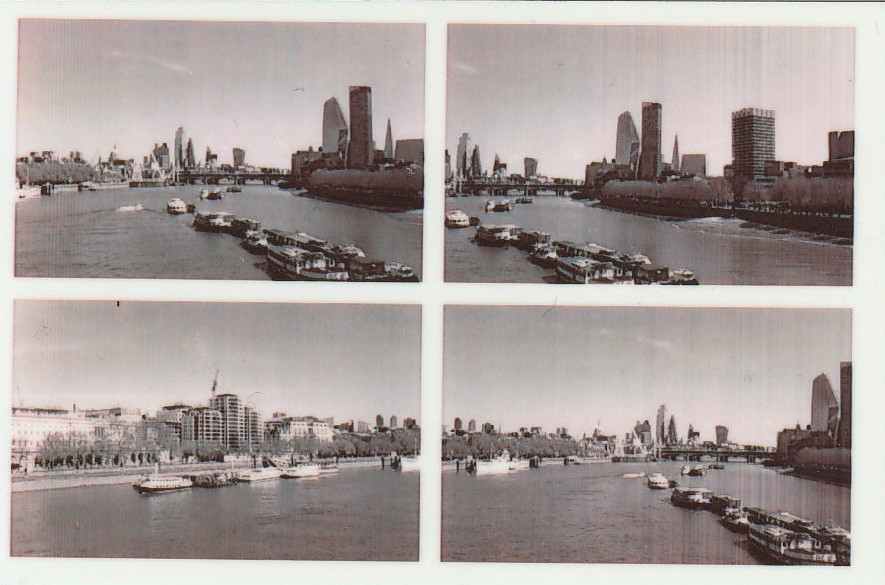
Looking at the digital files, you can see the lens sharpness falls off pretty sharply towards the edges of images. Thing is, though, this is a camera with a two-digit price tag. You don’t buy it if you’re going to fuss over the lens sharpness.
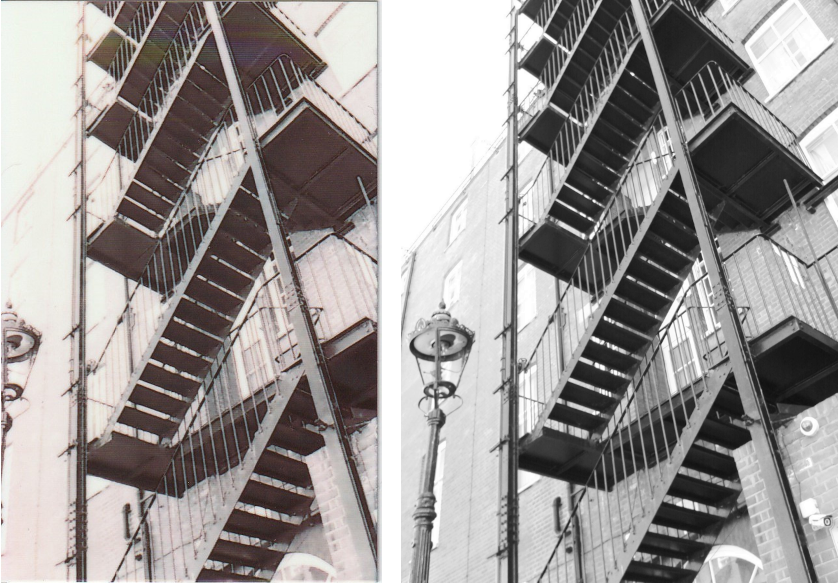
Let’s not lose the wood for the trees. The little ZINK prints would look great in a scrapbook, or as part of a wall display, or stuck to the fridge, and that’s precisely what most people are going to use them for.
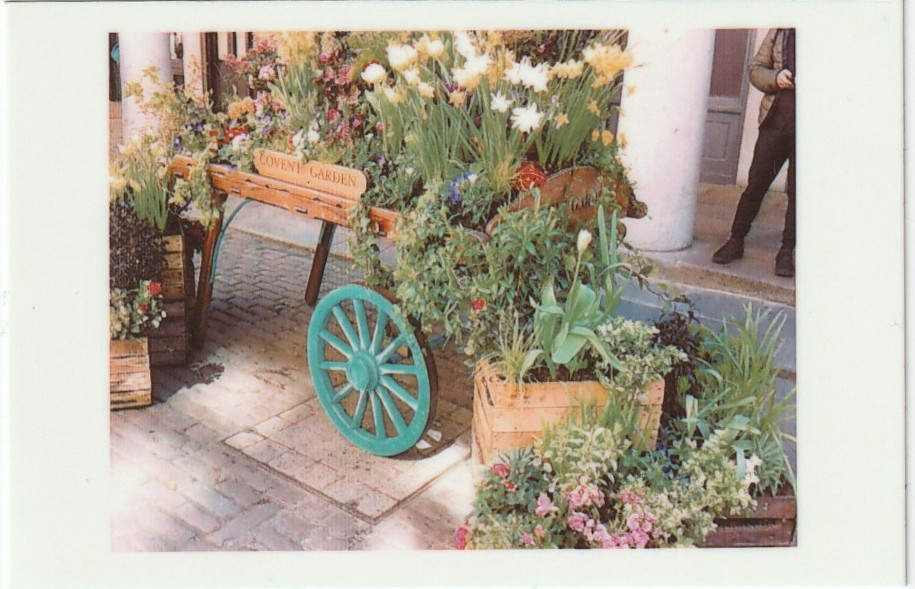
Verdict
The Kodak Step is much cheaper to run than a Polaroid or an Instax, with the quality compromise that this implies. If you have little kids, it’s arguably a better choice than equivalent point-and-shoot Instax models like the Instax Mini 11 or newer Instax Mini 40. You don’t get the same latitude as you do with instant film, and the prints don’t quite have that lo-fi aesthetic.
The Kodak Step is a fun camera to use, and beautifully simple to operate. For family holidays, for parties, for roaming the city or whatever else, it’s an inexpensive good time.
Read more:
• Best instant cameras
• Best digital instant cameras
• Best point and shoot cameras
• Best cameras for kids
Jon spent years at IPC Media writing features, news, reviews and other photography content for publications such as Amateur Photographer and What Digital Camera in both print and digital form. With his additional experience for outlets like Photomonitor, this makes Jon one of our go-to specialists when it comes to all aspects of photography, from cameras and action cameras to lenses and memory cards, flash diffusers and triggers, batteries and memory cards, selfie sticks and gimbals, and much more besides.
An NCTJ-qualified journalist, he has also contributed to Shortlist, The Skinny, ThreeWeeks Edinburgh, The Guardian, Trusted Reviews, CreativeBLOQ, and probably quite a few others I’ve forgotten.
